La prototipazione rapida ha rivoluzionato il modo in cui vengono sviluppati i prodotti, Aiutare le aziende e gli innovatori a passare rapidamente dal concetto ai modelli pronti per la produzione. Serve come un passo inestimabile nello sviluppo del prodotto, Abilitare una rapida valutazione dei progetti, facilitare i miglioramenti, e minimizzare il rischio prima dell'inizio della produzione su vasta scala.
I principali vantaggi della prototipazione rapida includono le linee temporali di sviluppo accelerato, costi ridotti, e una migliore precisione del prodotto. La selezione del giusto metodo di prototipazione rapida può influenzare direttamente il successo e l'efficienza del progetto.
Cos'è un prototipo?
Un prototipo è un modello preliminare o un campione di un prodotto costruito allo scopo di testare un design, concetto, o funzionalità. I prototipi servono diverse funzioni essenziali:
Prova del concetto: Prototipi verificano se un'idea di design è fattibile, pratico, e raggiunge gli obiettivi previsti.
Convalida del design: Consente a progettisti e ingegneri di identificare i difetti, perfezionare l'estetica, e migliorare la funzionalità all'inizio del processo.
Raccolta di feedback: Facilita l'ottenimento di feedback di utenti e di mercato prima di impegnare risorse sostanziali per la produzione di massa.
Valutazione della produzione: Abilita una valutazione dei processi di produzione, materiali, e considerazioni sui costi coinvolti nella produzione di massa.
La prototipazione accelera l'innovazione, riduce l'incertezza, e spesso si rivela prezioso per garantire il successo del prodotto.
Opzioni di produzione di prototipazione rapida
Diversi metodi sono diventati prevalenti a causa della loro velocità, precisione, e idoneità per diverse esigenze di progetto. I tre importanti metodi di prototipazione rapida includono la lavorazione a CNC, 3Stampa D, e casting a vuoto.
Lavorazione CNC
CNC (Controllo numerico del computer) La lavorazione comporta l'uso di macchine di taglio e modellatura controllate da computer per scolpire prototipi da blocchi solidi di materiale, in genere metallo o plastica.
Vantaggi della lavorazione a CNC:
Eccezionale precisione e precisione: Capace di incontrare tolleranze estremamente strette, rendendolo ideale per design altamente dettagliati e rigorosi.
Gestione della geometria complessa: L'attrezzatura CNC può creare accuratamente forme e caratteristiche intricate che la lavorazione manuale non può.
Durata e versatilità materiale: I prototipi CNC sono robusti e assomigliano da vicino ai prodotti finali in termini di resistenza al materiale e proprietà.
Eccellente finitura superficiale: In grado di fornire finiture di alta qualità che richiedono un post-elaborazione minimo.
Applicazioni tipiche della prototipazione CNC:
Componenti meccanici
Parti aerospaziali e automobilistiche
Modelli di ingegneria complessi
Durevole, prototipi funzionali adatti a test rigorosi
3D Stampa
3Stampa D, noto anche come produzione additiva, Crea prototipi strati per strato usando un design assistito da computer (CAD) file. Questo metodo ha visto rapidi progressi grazie alla sua convenienza e velocità.
Vantaggi della stampa 3D:
Velocità ed efficienza: Tempi di consegna della produzione rapidi, consentendo processi di progettazione iterativa in un breve periodo di tempo.
Efficacia dei costi: Relativamente economico, Soprattutto quando si utilizzano materiali plastici standard.
Alta precisione: Consente geometrie complesse e strutture interne intricate difficili da ottenere con metodi di produzione tradizionali.
Limitazioni della stampa 3D:
Forza materiale: Durabilità generalmente inferiore rispetto ai prototipi machinati da CNC.
Finitura superficiale: Di solito richiede ulteriore post-elaborazione per migliorare la levigatezza superficiale.
Applicazioni tipiche della stampa 3D:
Modelli concettuali e design in fase iniziale
Protesi mediche e modelli dentali
Modelli architettonici
Componenti funzionali a basso stress
Casting a vuoto
Casting a vuoto, noto anche come casting di uretano, implica la creazione di uno stampo in silicone da uno schema originale (Spesso creato tramite la lavorazione a CNC o la stampa 3D). La resina liquida o il metallo vengono versati nello stampo all'interno di una camera a vuoto per eliminare le bolle d'aria, risultante in accurato, Casting senza difetti.
Vantaggi del casting a vuoto:
Precisione e dettagli: Gli stampi replicano i dettagli dei prototipi originali, Garantire un'elevata fedeltà.
Versatilità dei materiali: In grado di produrre prototipi in vari materiali plastici e elastomerici che assomigliano molto ai materiali di produzione finale.
Adatto per brevi corse: Ideale per piccoli lotti o corse di produzione limitate a causa della riusabilità della muffa.
Limitazioni del fusione del vuoto:
Considerazioni sui costi: Più costoso per pezzo rispetto alla stampa 3D, in particolare per piccole quantità, A causa dell'intensità materiale e del lavoro.
Vita a muffa limitata: Gli stampi in silicone si degradano tipicamente dopo un certo numero di cast, limitando il loro riutilizzo.
Applicazioni tipiche del casting a vuoto:
Piccole corse batch pre-produzione
Modelli visivi di alta qualità
Prototipi di test funzionali
Componenti che necessitano di una stretta somiglianza con i prodotti finali
Scegliere la giusta tecnica di prototipazione
La selezione della tecnica di prototipazione ottimale dipende da vari fattori come:
Obiettivo prototipo: È principalmente funzionale, visivo, o entrambi?
Requisiti materiali: Proprietà del materiale specifiche (per esempio., forza, flessibilità, resistenza chimica).
Vincoli di bilancio: Bilanciamento del rapporto costo-efficacia rispetto alle esigenze di prototipazione.
Limiti di tempo: Quanto velocemente è richiesto il prototipo.
Bisogni di durata: Se il prototipo subirà estesi test o sarà puramente dimostrazionale.
Sfruttare le competenze professionali assicura che questi fattori siano valutati accuratamente. Gli specialisti di prototipazione esperti possono raccomandare il miglior processo in base alle esigenze di progettazione specifiche, Cronologia del progetto, bilancio, e considerazioni di produzione.
Conclusione e invito all'azione
La prototipazione rapida è una fase critica dello sviluppo del prodotto, migliorare significativamente la vitalità del prodotto e ridurre i potenziali rischi di produzione. Lavorazione CNC, 3Stampa D, e il casting a vuoto offre ciascuno dei vantaggi unici su misura per diversi scenari di prototipazione.
Collaborando con un fornitore di prototipi di fiducia con una vasta esperienza nel settore, come la nostra, con eccesso 15 anni di competenza specializzata: puoi garantire i risultati di altissima qualità. La nostra conoscenza completa, attrezzatura avanzata, e diverse capacità dei materiali ci posizionano in modo univoco per raccomandare ed eseguire il miglior approccio di prototipazione per i requisiti specifici.
Quando sei pronto per andare avanti, Ti invitiamo a consultare i nostri esperti per una guida personalizzata e una stima accurata. Lasciaci aiutare a dare vita alle tue idee, precisamente, e in modo economico.
Ecco cinque sezioni FAQ che puoi aggiungere all'articolo per migliorare la SEO e affrontare le domande comuni dei lettori:
Domande frequenti
1. Quanto tempo impiega la prototipazione rapida in genere?
Le tempistiche di prototipazione rapida dipendono dalla tecnica e dalla complessità scelte del design. La lavorazione a CNC e la stampa 3D possono fornire prototipi in pochi giorni, mentre la fusione del vuoto richiede in genere leggermente più a causa della preparazione della muffa, Di solito tra una e due settimane.
2. Quale tecnica di prototipazione rapida è la più economica?
Per prototipi iniziali, Soprattutto quelli che richiedono frequenti iterazioni, 3Stampa D fornisce spesso la soluzione più conveniente a causa del costo di configurazione inferiore. Lavorazione CNC E Casting a vuoto sono economici per prototipi più robusti o quando la durata e la precisione giustificano investimenti iniziali leggermente più alti.
3. Possono essere utilizzati prototipi per test funzionali?
SÌ, I prototipi realizzati attraverso la lavorazione a CNC e la fusione del vuoto sono particolarmente adatti a test funzionali rigorosi a causa della loro resistenza e accuratezza del materiale. 3D prototipi stampati sono adatti per più leggeri, scenari di test meno rigorosi.
4. Ci sono limitazioni nei materiali prototipo?
La scelta del materiale varia con il metodo di prototipazione. La lavorazione CNC offre la varietà più ampia, tra cui metalli e materie plastiche ingegneristiche. 3La stampa D generalmente utilizza materie plastiche e resine specifiche, mentre i materiali di fusione del vuoto imitano strettamente la plastica e gli elastomeri di livello di produzione, Offrire una buona flessibilità del materiale.
5. Quanto sono accurati prototipi rapidi rispetto al prodotto finale?
Tutti i metodi di prototipazione rapidi discussi: lavorazione CNC, 3Stampa D, e casting a vuoto: produce prototipi altamente accurati. La lavorazione a CNC offre in genere la massima precisione, Seguito da vicino dal casting a vuoto e dalla stampa 3D. La scelta dipende dai requisiti di accuratezza del tuo progetto e dall'applicazione prevista.
Meta titolo: Tecniche di produzione di prototipi rapidi: CNC, 3D Stampa & Casting a vuoto
Meta Descrizione: Scopri le tecniche di prototipazione rapida come la lavorazione del CNC, 3Stampa D, e casting a vuoto. Scopri i loro vantaggi, limitazioni, applicazioni, e come scegliere il metodo migliore per la progettazione del tuo prodotto.
Per saperne di più:

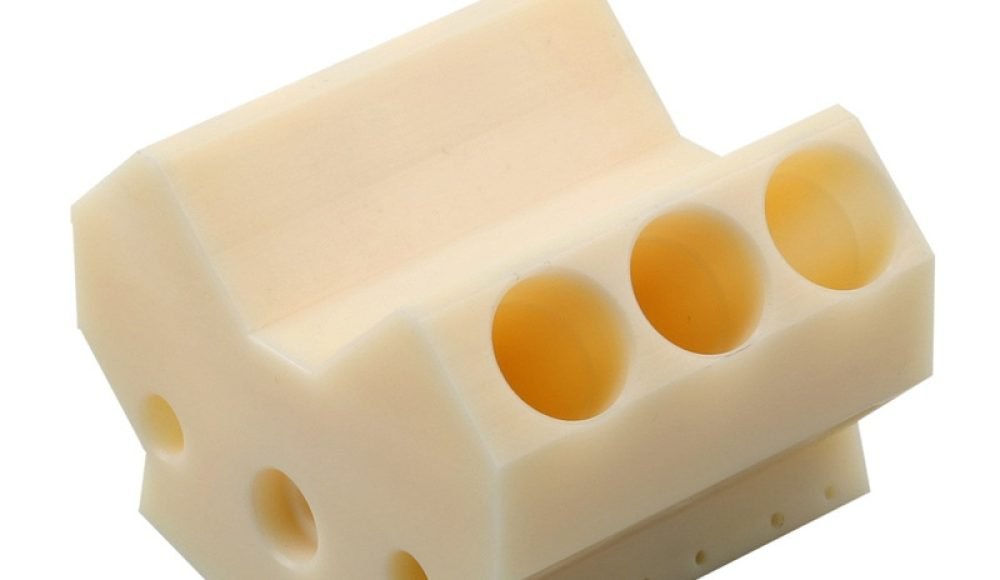
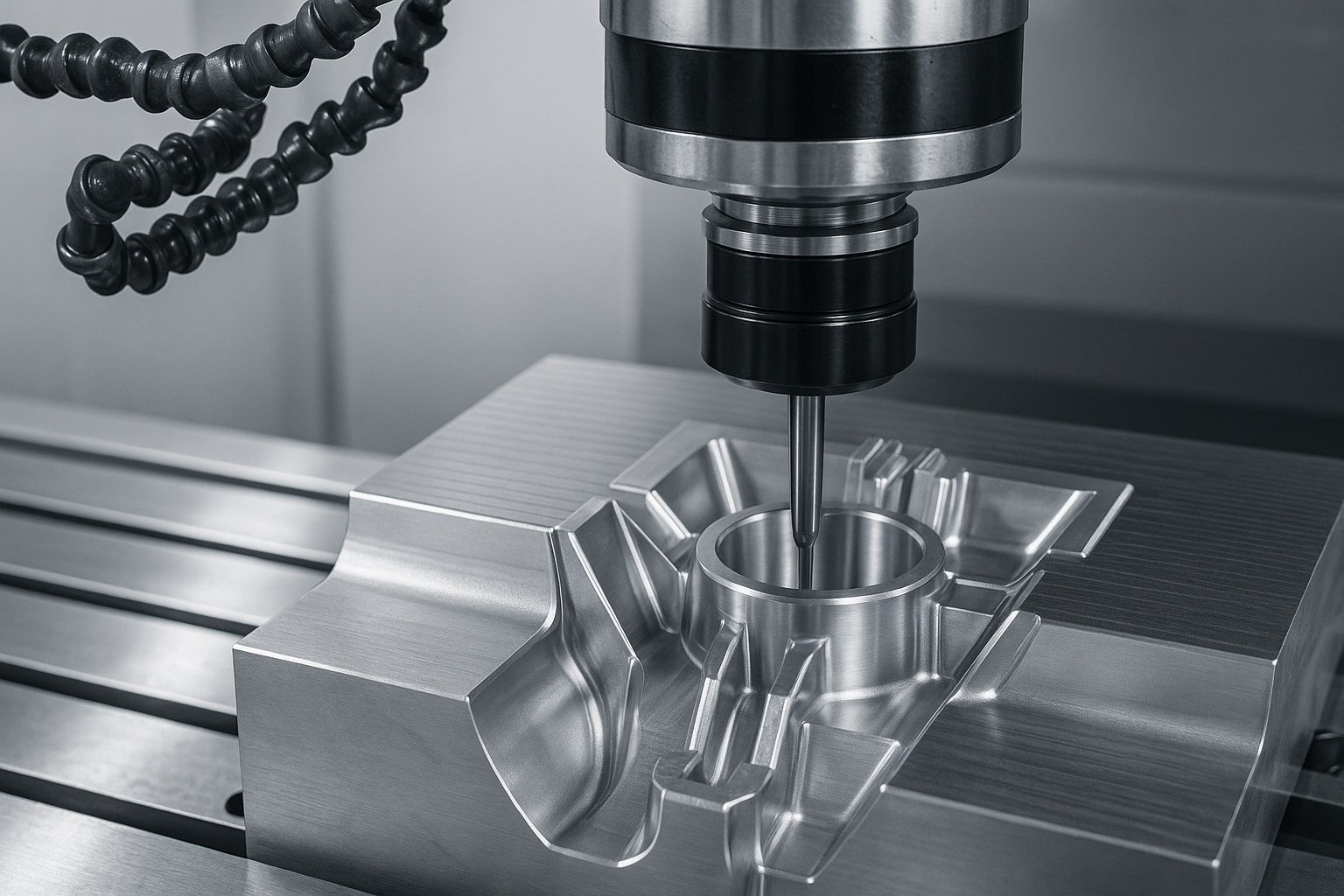
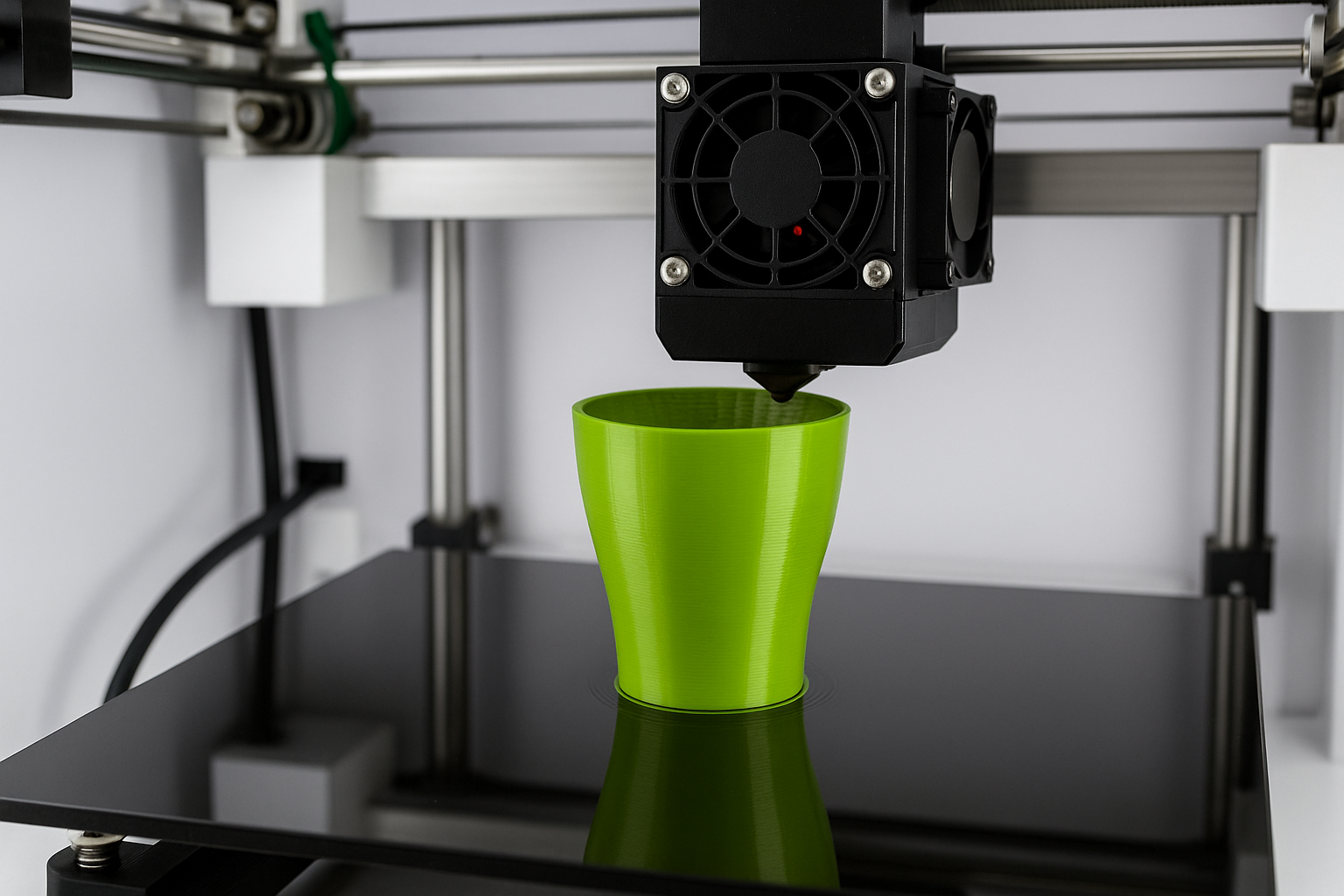
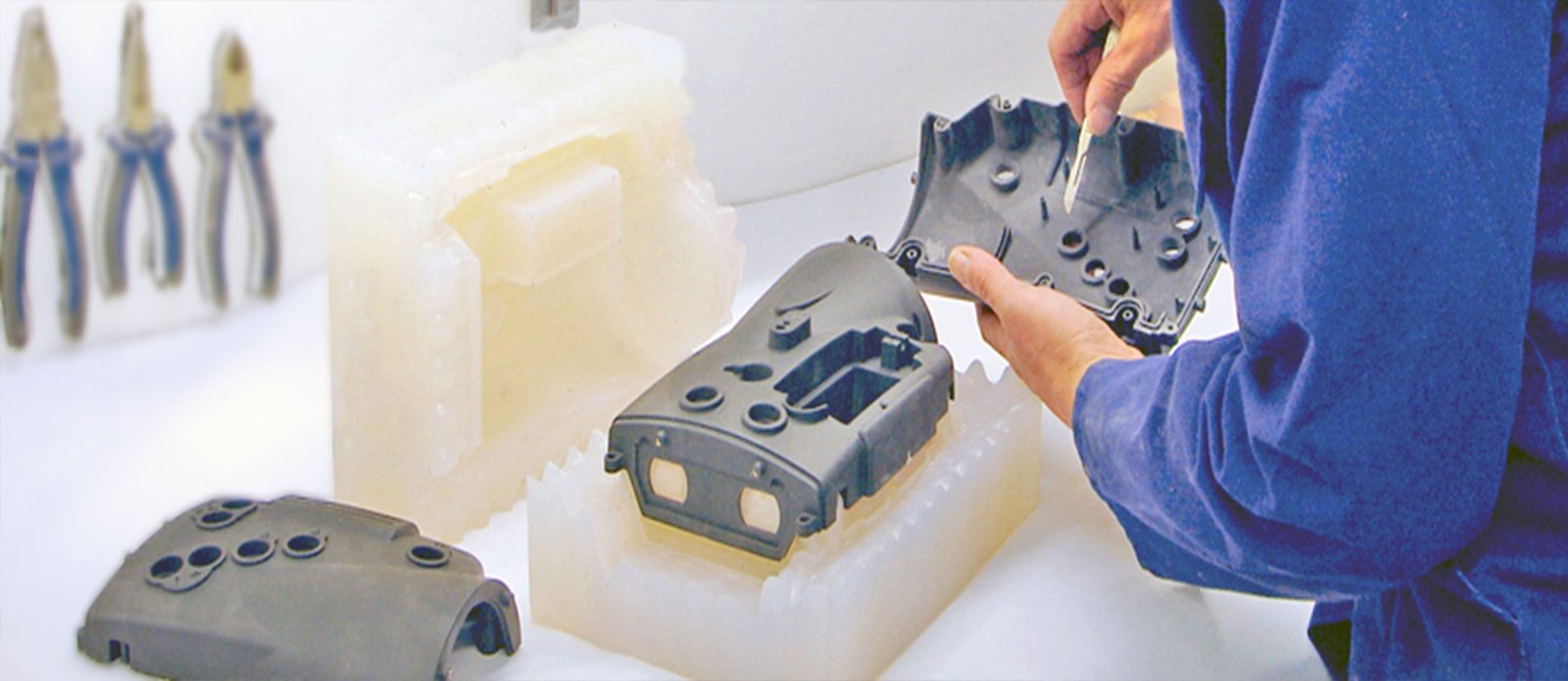

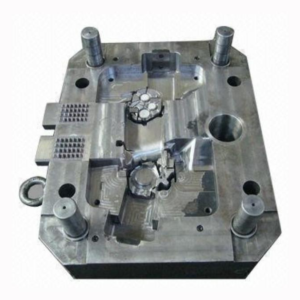
1 pensato a “Tecniche di produzione di prototipi rapidi: Lavorazione CNC, 3D Stampa, e casting a vuoto”